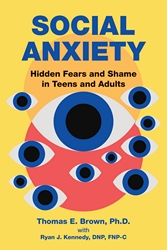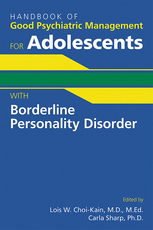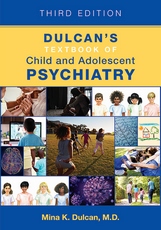The Clinical Interview of the Child, Third Edition
View Pricing
Description
Ideal for both novices and advanced practitioners, the new edition of Stanley Greenspan's classic guide outlines a practical process for observing and interviewing children—and organizing and interpreting their unfolding communications.
Highly acclaimed, The Clinical Interview of the Child uses actual interviews with children to show readers how to
- Apply a developmental, biopsychosocial framework for understanding the inner lives of children at different ages and stages
- Observe and assess human development, including emotional and cognitive patterns and perceptual capacities
- Help infants and children to reveal their feelings, thoughts, and behaviors during the clinical interview
- Organize and interpret the interview data by constructing a developmental profile and translating it into DSM-IV-TR diagnostic categories
The third edition has been expanded and revised extensively, with updated theoretical and conceptual foundations; information on higher levels of ego development and reflective and thinking capacities of older children; and a new section on a developmental biopsychosocial model—the developmental, individual-difference, relationship-based (DIR) approach.
An invaluable educational and practical resource, The Clinical Interview of the Child, Third Edition, is an ideal tool for psychiatrists and psychologists, pediatricians, educators, social workers, speech pathologists, occupational therapists, and judges and attorneys dealing with children and families.
Contents
- About the Authors
- Chapter 1. Conceptual Foundations: An Overview
- Chapter 2. Framework for Systematic Observation of the Child
- Chapter 3. Chronological Age- and Phase-Appropriate Illustrations for Each Observational Category
- Chapter 4. Clinical Illustrations of Interviews With Children
- Chapter 5. Conducting the Interview
- Chapter 6. Constructing a Formulation Based on a Developmental Approach
- Chapter 7. Interviewing the Parents: Selected Comments
- Appendix: A Developmental Biopsychosocial Model for Assessment and Treatment
- References
- Index
About the Authors
Stanley I. Greenspan, M.D., is Clinical Professor of Psychiatry, Behavioral Sciences, and Pediatrics at the George Washington University Medical School, Chairman of the Interdisciplinary Council on Developmental and Learning Disorders, and a supervising Child Psychoanalyst at the Washington Psychoanalytic Institute. He was previously Chief of the Mental Health Study Center and Director of the Clinical Infant Development Program at the National Institute of Mental Health. A founder and former president of ZERO TO THREE: National Center for Infants, Toddlers, and Families, Dr. Greenspan has been honored with a number of national awards, including the American Psychiatric Association's Ittleson Prize for outstanding contributions to Child Psychiatry Research and the American Orthopsychiatric Association's Ittleson Prize for outstanding contributions to American mental health—the only individual to receive both Ittleson awards—and the Strecker Award for outstanding contributions to American psychiatry. He is the author or editor of more than 35 books and monographs and 100 articles and chapters.
Nancy Thorndike Greenspan , a former health economist, writes about children's development and is currently working on a biography of Max Born, the Nobel Peace Prize winning physicist and one of the pioneers in the development of quantum mechanics. She also works on environmental issues.
Related Products
Carousel Control - items will scroll by tabbing through them, otherwise arrows can be used to scroll one item at a time






